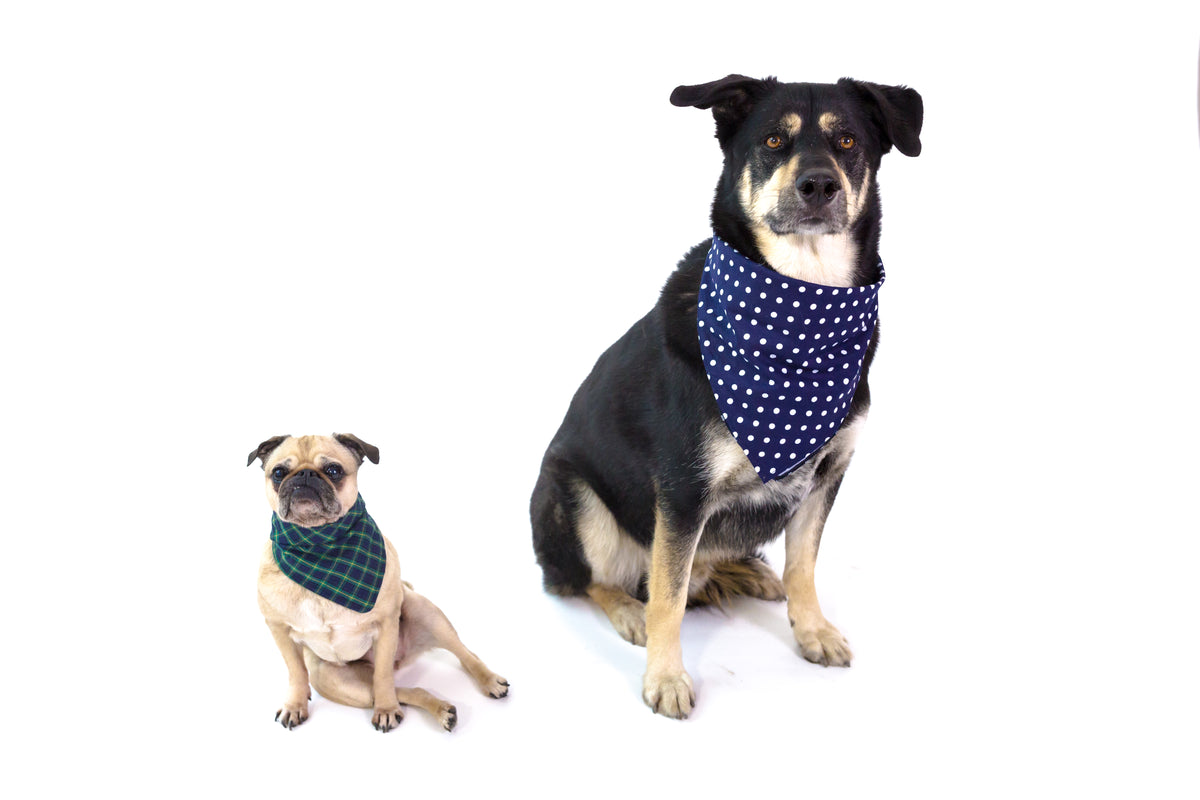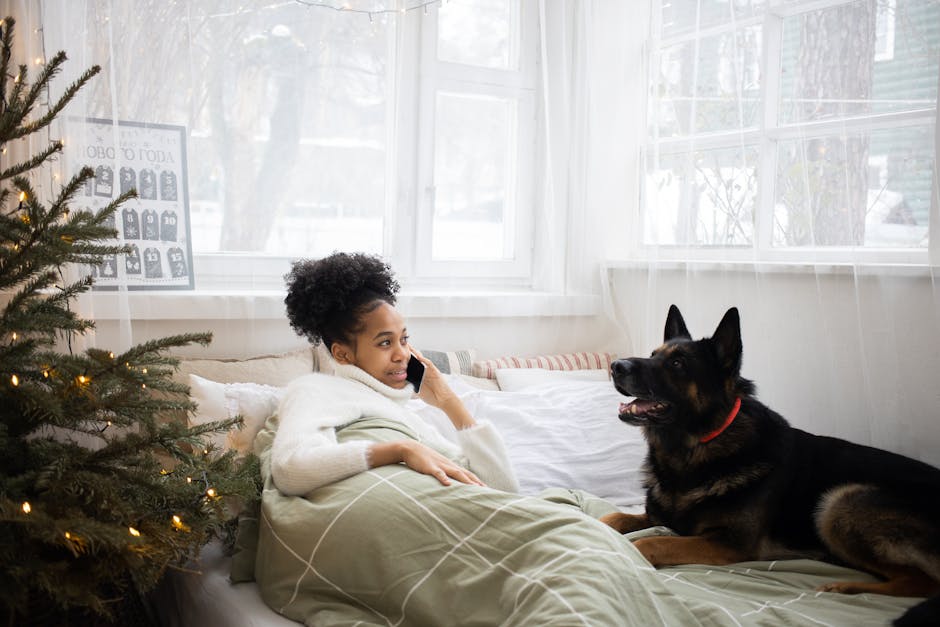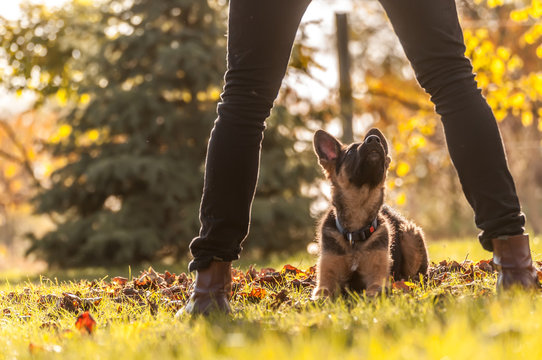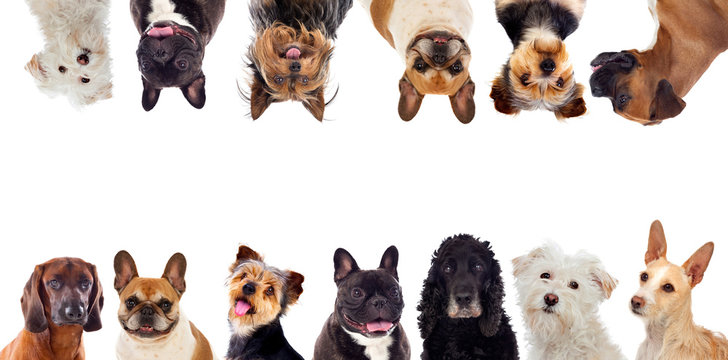Empower Your Pooch: Transform Behavior Easily with Training
Do you know how to train your dog? There are a million different techniques out there, but the easiest way is to use rewarding and punishing techniques. You should start by rewarding your dog for good behavior, and then punishing them for bad behavior. It may seem hard at first, but with enough patience and consistency you’ll be able to train your dog like a pro!

Start with the basics – sit, stay, come
One of the first commands that you should teach your dog is “sit”. This command is crucial for many other commands and tricks, and it can also be very useful in everyday life. For example, if you are at a restaurant and your dog is getting antsy, you can tell them to sit and they will (hopefully) stay in place.
To teach your dog to sit, start with them in a standing position. Hold a treat close to their nose so that they can smell it, but don’t let them eat it yet. Slowly move the treat up above their head, and as they follow the treat with their eyes and nose, they will naturally start to sit down. As soon as their bottom hits the ground, say “yes!” or “good job!” and give them the treat. Repeat this process until they are consistently sitting on command.
Once your dog has mastered the “sit” command, you can move on to “stay”. This is another important command that can be very useful in daily life. For example, if you are opening the door to let someone in and don’t want your dog to bolt out, you can tell them to stay and they should (hopefully) remain in place until released.
To teach your dog to stay, have them start in a sitting or standing position. Give the command “stay,” then take one step back while holding up your hand with your palm facing out (as if you were saying stop). If they stay put, say “yes!” or “good job!” and give them a treat; if they move from their spot before being released, simply say “no” or “uh-uh”and try again. Once they get the hang of it at one step back, try two steps back…and so forth until you are able walk all around the room without them breaking their Stay..
The final basic command that we will cover here is Come When Called – sometimes also called Recall . This one is important for both safety reasons – calling them away from danger – as well as practicality – like when it’s time to come inside after playing outside. Regardless of why you need to call them back; whether its an impending storm , dinner time ,or just because its fun ;Recall should always mean “Come now!” and should always result in a happy reunion.
To start, choose a cue word or phrase like “Come!” or “Here Boy/Girl !”, something you can say distinctly and clearly. You’ll want to use this same cue everytime , so your dog knows exactly what you mean.
Whenever your dog is paying attention to you ,say your cue, wait for them to take one step towards you ,then praise and treat! If they don’t come immediately ,that’s okay- just keep trying . With enough repetition they will learn that the fastest way to get to you (and their beloved treats) is by coming when called!

Use positive reinforcement
When it comes to training your dog, one of the most effective methods is positive reinforcement. This involves rewarding your dog for good behavior in order to reinforce that behavior. Not only is this an effective way to train your dog, but it’s also a kind and humane method.
There are a few things you’ll need in order to use positive reinforcement effectively. First, you’ll need some treats that your dog really loves. Second, you’ll need to be able to give the treat immediately after your dog performs the desired behavior. And finally, you’ll need patience and consistency – remember, Rome wasn’t built in a day!
If you keep these things in mind, using positive reinforcement to train your dog will be a breeze.

Be consistent
The easiest way to train your dog is to be consistent. Dogs are creatures of habit and they thrive on routine. If you are constantly changing the rules, your dog will never learn what is expected of him.
Be consistent in the commands you use and the rewards you offer for good behavior. If everyone in the family is using different words for the same thing, it will only confuse your pup. Likewise, if one person gives a treat for sitting while another person scolds for jumping up, your dog will be very confused!
It is also important to be consistent with the consequences for bad behavior. If jumping up on visitors is not allowed, make sure everyone in the family enforces this rule every single time. Otherwise, your dog will quickly learn that he can get away with it sometimes – and that’s when accidents happen.

Be patient
Be patient when teaching your dog new commands or tricks.
One of the key things to remember when training your dog is to be patient. Just like with people, dogs learn at different rates and some may require more repetition than others in order to understand a new command or trick. The best thing you can do is remain calm and consistent throughout the process, providing plenty of encouragement along the way. With a little patience, you’ll soon have a well-trained pup!

Reward good behavior
One of the easiest ways to train your dog is to reward them for good behavior. This can be done with treats, petting, or verbal praise. Dogs quickly learn that when they behave in a way that you approve of, they will be rewarded. This is an effective way to train your dog because it reinforces desired behavior and helps them to understand what you expect from them.

Avoid punishment
Punishment is often used in an attempt to train dogs, but it is actually one of the least effective methods. Not only does it not work well, but it can also be harmful to your dog. Dogs who are punished often become fearful and anxious, and may even start to associate you with the punishment. This can lead to serious behavioral problems. Instead of punishment, focus on positive reinforcement techniques such as rewards and praise.

Establish boundaries and rules
Set rules for when, where, and how your dog can behave
You will need to set rules for when, where and how your dog can behave. These rules should be consistent and applied every time. You will also need to establish boundaries for your dog. This means deciding where your dog is allowed to go in your home, yard or car. Be sure to make these boundaries clear to your dog by using physical barriers such as fencing, baby gates or crates.
Be consistent with your commands and rewards
It is essential to be consistent when training your dog. Dogs thrive on routine and regularity, so if you are constantly changing the rules, it will be very confusing for them. When giving commands, use the same word or phrase each time so that your dog knows exactly what you want them to do. And be sure to reward good behavior immediately – dogs live in the moment and won’t understand why they are being praised if you wait too long.

Take things slow at first
When you first get your dog, it is important to take things slow at first. This means getting to know your dog and slowly introducing them to new things. You will want to start with the basics, such as house training, obedience commands, and socialization. Once your dog is comfortable with these things, you can start to introduce them to new experiences. It is important to go at your dog’s pace and not force them into anything they are not ready for. With patience and positive reinforcement, you will be able to successfully train your dog.

Be mindful of your tone
It’s important to be aware of your tone when communicating with your dog, and to use a calm and gentle voice.
Be mindful of your tone when communicating with your dog, and use a calm and gentle voice. Dogs are very attuned to the emotions of their owners, and if you speak to your dog in a harsh or angry tone, they will likely become fearful or anxious. Conversely, using a calming and soothing voice will help your dog to relax and feel secure.
Dogs respond best to positive reinforcement, so using a happy and upbeat tone will help them to learn more quickly.
When you’re training your dog, be mindful of the tone you use. Dogs respond best to positive reinforcement, so using a happy and upbeat tone will help them learn more quickly.
If you need to scold your dog, do so in a calm and firm voice, without yelling or becoming angry.
If you need to scold your dog, do so in a calm and firm voice, without yelling or becoming angry. This will help your dog understand that you are serious and that they need to listen to you.

Keep training sessions short and sweet
This will help keep your dog’s attention focused on you.
It is important to keep training sessions short and sweet in order to keep your dog’s attention focused on you. This means that you should break up your training into shorter sessions throughout the day, rather than one long session. You should also make sure to end each session on a positive note, such as with a treat or a game.
The above tips are the easiest way to train your dog. With positive reinforcement, you can teach your dog tricks, manners, and behaviors. If you have any questions or need clarification, please leave a comment below.




Leave a Reply